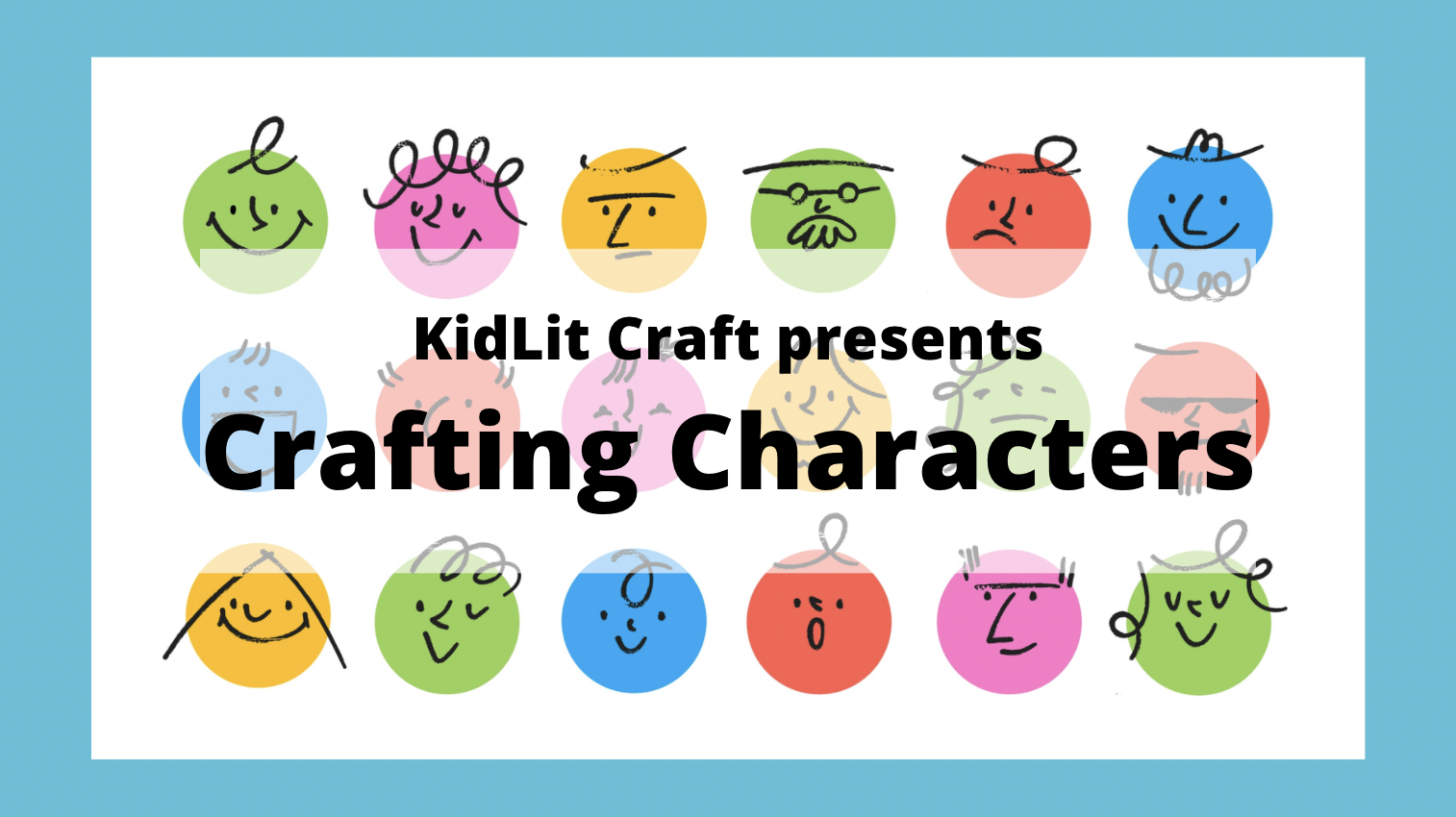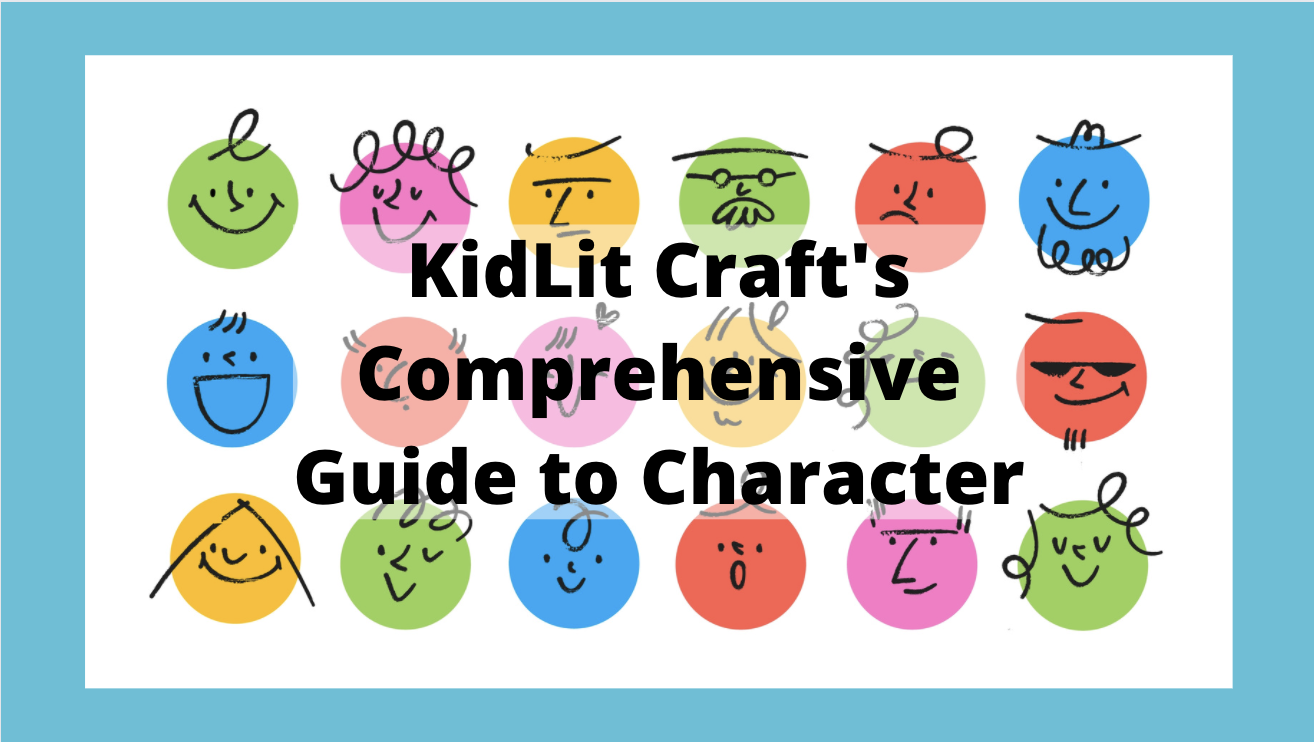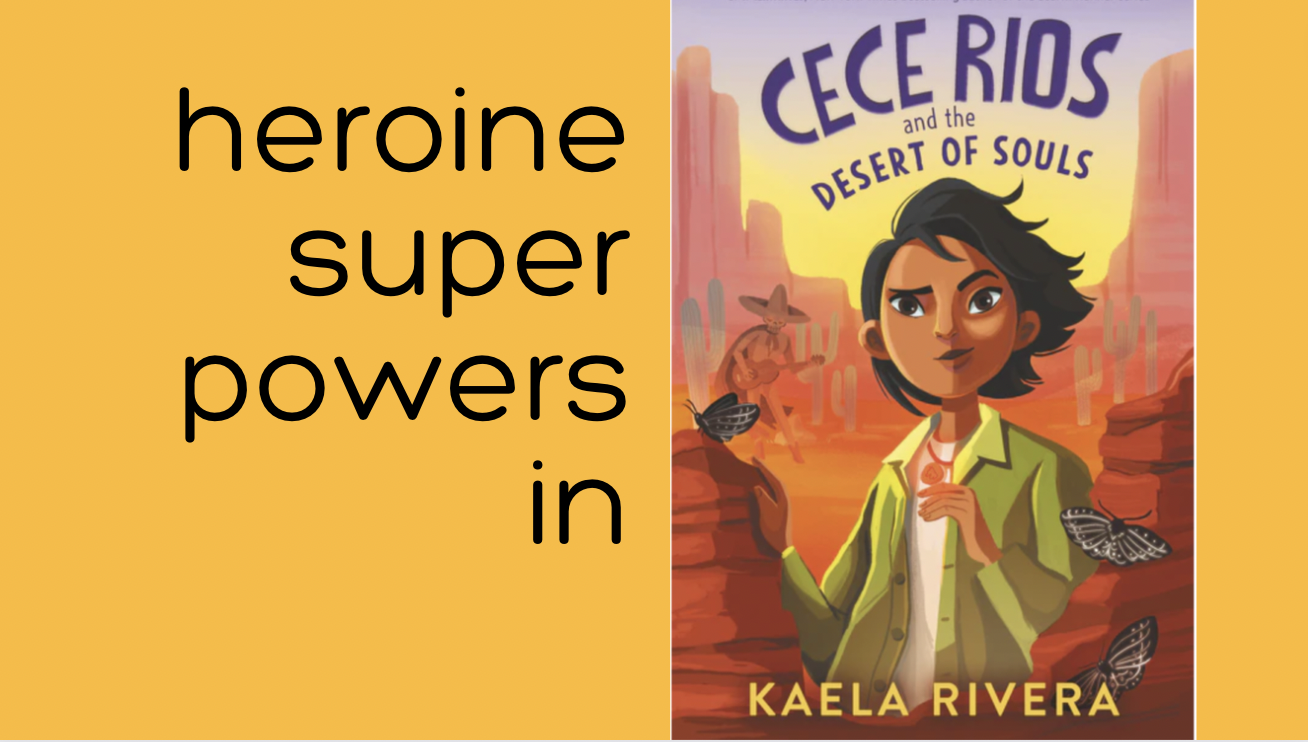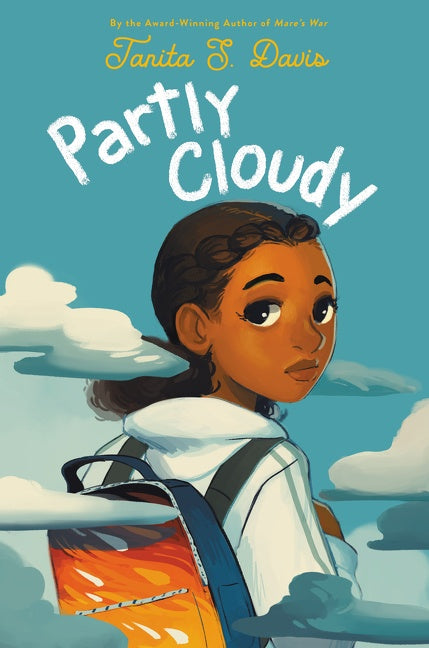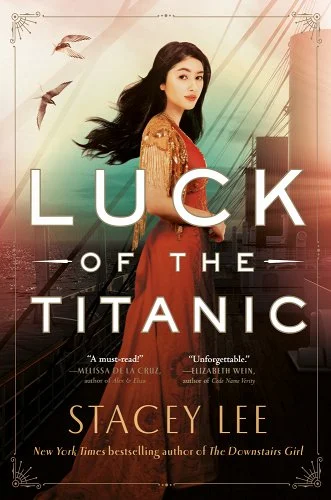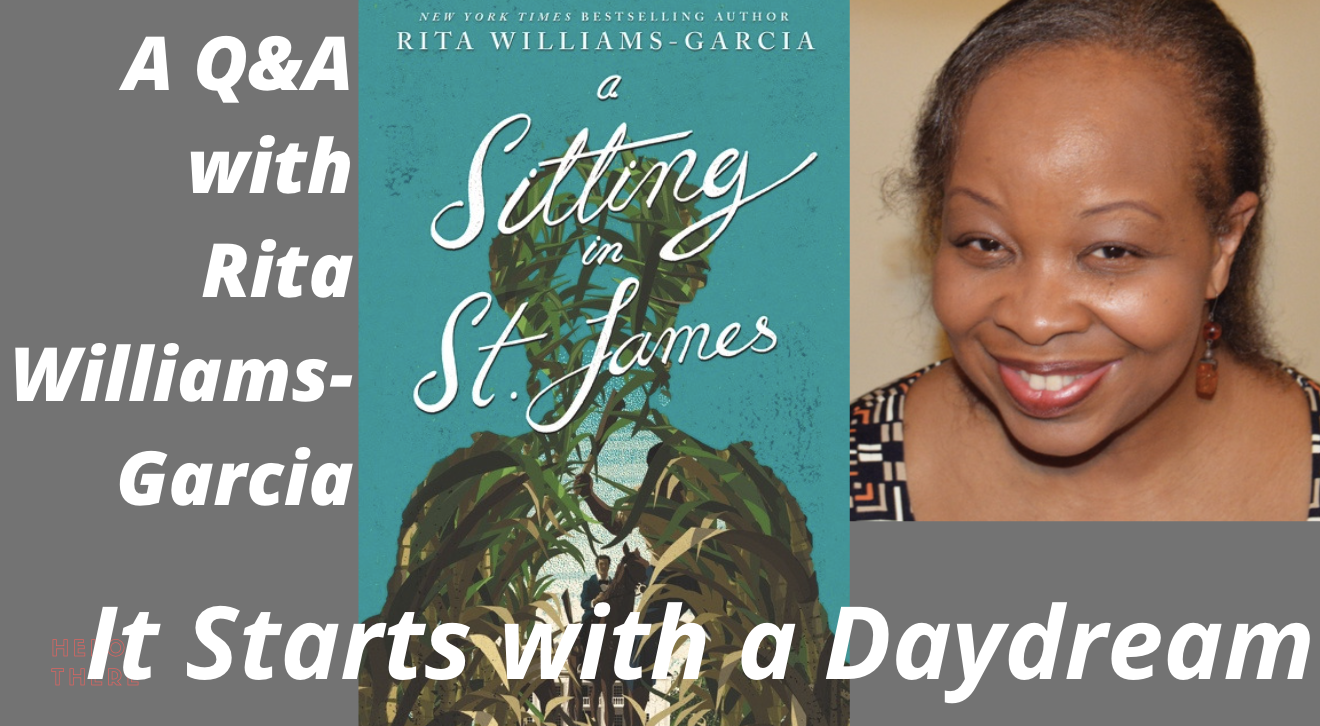hello!
JOIN US IN EXPLORING OTHERS' CRAFT AND BUILDING OUR OWN
Welcome to our first post of our April 2022 series, Crafting Character. Character is the driving force of the story, but actually letting character drive our stories can be tricky. That’s where KidLit Craft comes in. We’ve asked authors and our contributors to share their favorite ways to develop their characters–by getting to know them, exploring character desire, and focusing on core relationships.
Looking at voice, interiority, internal arc, character relationships, and more, our writers have analyzed mentor texts in all categories to discover strategies for creating characters that leap off the page and into readers’ hearts. This list is one you can return to over and over to find just the post you need in the moment.
The Heroine’s Journey celebrates the gifts of the matriarch. It explores themes of family, community, collaboration, cooperation, and love. As an author, and as a person, it’s important to me to write books that support those values, so everyone who reads them can be inspired to evolve toward a more feminine, collaborative, resilient society. To illustrate the points I make in this post, I’ll be examining the Heroine’s Journey of Elin in The Beast Player, a Japanese YA fantasy by Nahoko Uehashi. Elin’s story is an excellent example of the Heroine’s Journey.
In order to understand how a heroine grows into her superpowers, I followed the heroine’s journey closely in three movies: Elsa in Frozen, Rey in Star Wars: The Force Awakens, and Meg in A Wrinkle in Time. I identified a common pattern for a superheroine’s recognition of and acceptance of her superpowers. Then I applied what I learned to analyze CeCe Rios and the Desert of Souls, a middle grade novel by Kaela Rivera to translate what I found in films to what might work in a novel.
Fortunately, weather is something people of all ages intuitively understand when it comes to a metaphor for someone’s emotional state. Sunshine is happy, rain is sad, and stormy weather is, well, stormy. Readers easily connect the dots between weather and emotions. That makes it a great extended metaphor for a middle grade novel.
Some great stories make use of what Melanie Jacobson calls the emotional antagonist. The emotional antagonist is on the protagonist’s side, but the protagonist doesn’t have their approval or support.Jacobson believes emotional antagonist can be a powerful addition to a book because it gives a story an extra satisfying ending–a resolution with the emotional antagonist. We can see the emotional antagonist in action in Eddie the Eagle (2015).
Margaret Chiu Greanias’s new picture book, Amah Faraway, illustrated by Tracy Subisak, matches the reverso form with the story of a girl and her grandmother who begin worlds apart (one in the US and one in Taiwan) in a way that enriches both the story and the form.
Since Lee uses first-person point of view to tell her stories, it’s her main character’s voice that’s in the driver’s seat. Reading her novels is a masterclass in how to do first-person narration well. However, you can use these techniques with third-person and even with omniscient narration. It’s all about elevating your prose to do more than just tell the reader what’s happening.
I fully transport myself from my reality into the world that I seek to create. In a word, I daydream. Deeply. I put myself with the character, close to the character, sometimes in the character, to taste the dirt when they’re in the dust storm or feel the scratchy bristles of cane stalk whip my face. Then I write it. Later, I make adjustments, because what I have to understand is different from what the reader should feel. Sometimes I have to rein it in or pull back. It’s not always the point that the reader should feel each and everything—but the writer must!
If you’d like a lesson in the unexpected you’d be hard-pressed to find a better model than Losers. Instead, we’re going to look at how despite (or with the assistance of) all the silly, Heider is able to put an ache and a depth into the stories of Winston and Louise.
